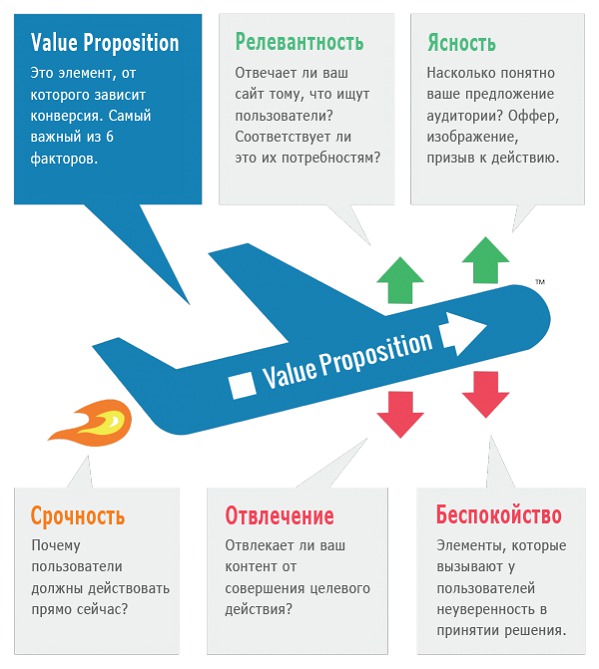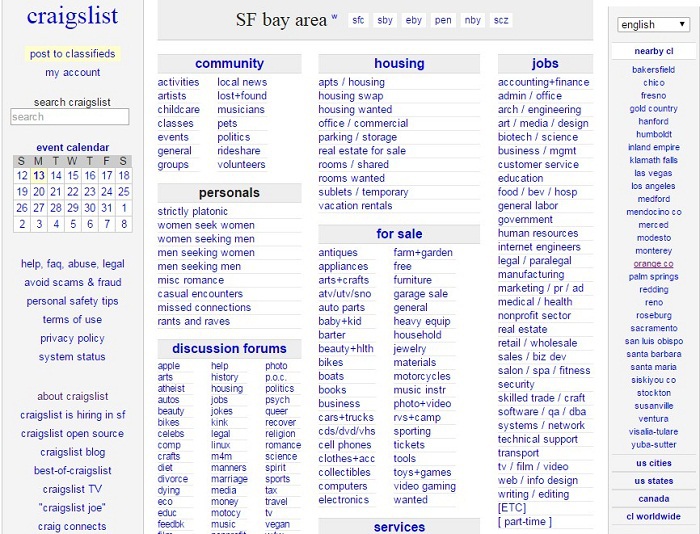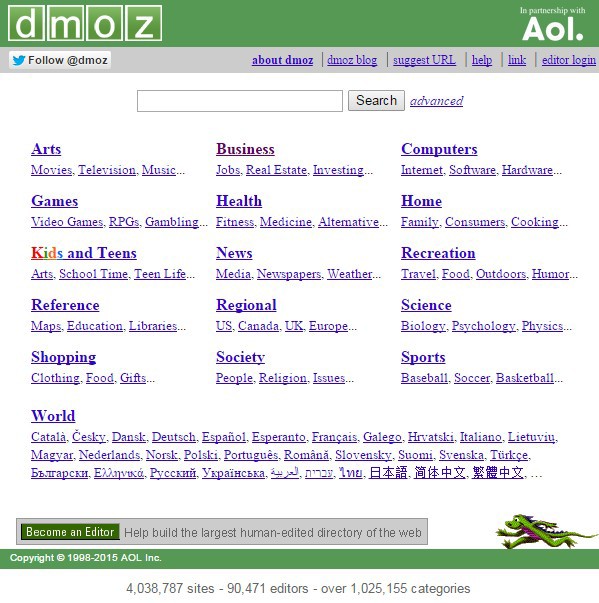Why is terrible web design giving you more conversions?

Surely you still see sites looking at which you want to exclaim: “And as soon as they make such squalor!” The feeling that they were made by a computer “genius” from high school 10 years ago.
At the same time, we hasten to surprise you greatly: sites with an ugly design sometimes bring more conversions than works by Artemy Lebedev's studio. We understand what’s the matter with examples from the publication of CrazyEgg experts.
Before investing ... thousand rubles in the redesign of your site, it is worth analyzing whether it is so important for your users. What elements really convert them into customers?
What do all high conversion sites have in common?
Without this thing, visitors "leak" from the site like water from a leaky bucket. We are talking about value proposition.
For example, Google offers relevant search results for any keyword or phrase you are looking for. Yagla Dynamic Content Service offers an increased return on contextual advertising with the same budget. And so on. The stronger the value proposition, the higher the conversion, and the less users pay attention to the design.
3 conversion factors, even with terrible design
This is the so-called LIFT model of conversion analytics:

Clarity and relevance determine the return of the value proposition, the response from the target audience. And, on the contrary, any incomprehensible things “kill” the conversion. It’s easier for the user to decline than accept the offer.
Nothing personal, ordinary psychology: we take new things critically. Therefore, the benefit must be many times greater than the objection. Finally, urgency is jet fuel, without which the value proposition will die out.
Web design affects only 3 of these elements:
1) Clarity
2) Anxiety
3) Distraction A
visual can either emphasize the essence of a sentence or add chaos.
Other elements - urgency and relevance mainly depend on how the offer is presented, this is pure copywriting.
Steep and unsuccessful examples of Value proposition we consider in this article.
How design affects clarity and distractions A
conversion site clearly guides site visitors to the targeted action. The reverse situation is when users are forced to wade through "thickets" of obscure texts, links. If the site provokes a reaction “what do they want at all?”, Then the matter is bad.
Well, and the "classic of the genre": sliders, gifs, vibrant background images. Even if they are made with high quality, it is very distracting. Beauty is not equal to selling. What is needed from visitors: so that they stare at beautiful pictures or leave applications?
The more complex the functionality, the more confusion and misinterpretation. Of course, we are talking about selling sites, where the goal is calls, applications, orders.
Ugly sites often just contain a minimum of distractions. In fact, there are no images, just text on a white background. However, they work.
How design increases or reduces anxiety
Relevant elements: trust stamps, warranties, blocks with reviews and certificates, as well as a “general feeling”. Believe it or not, unsophisticated sites often cause more trust than the parallax effect and other twists. Perhaps the bells and whistles are subconsciously perceived as manipulation.
3 examples of sites with a terrible design
They have different goals, but they all do just fine with them.
1. Craigslist
Craigslist - an analogue of Avito, is included in the TOP 100 Alexa ranking (a list of the most visited sites in the world). Despite the fact that its design a la "hello from the 90s" has not changed much since its inception.

What is worth noting: a rubricator with clear category names (work, sale, real estate, etc.), as well as subcategories in alphabetical order. If the user does not find information through them, the search bar and the list of cities in the right sidebar will help. No images and color background. Only links. It is simple and super efficient in terms of functionality and user experience.
2. DMOZ
This is a directory of sites used by 200,000 unique visitors per month.

The design of DMOZ is even simpler than that of Craigslist. The most simplified navigation: the user selects a category and further "digs" deep into a specific topic. Again, 0 distractions, all the attention on the links of categories, which are the main value of the site.
3. wiseGEEK
This is one of the first question and answer sites. Despite the primitive design, it does not lose popularity.

The vast majority of traffic comes from search engines on specific issues. If the answer does not suit you, the Google search bar is located in the upper panel. Nothing stunning, but it works.
The list goes on. Until recently, many users would call the design of the largest eBay trading platform awful. The design of Google is made in an extremely austere style, and so on.
Comment by Yagla.ru CEO Alexander Alimov
Instead of arguing how cute or awful the site design is for our customers, we measure its conversion. Because both simple and premium images can give high conversion equally. If something does not suit you, do not rush to do a major redesign. We recommend checking the first screen: 90% of the landing page success is associated with it.
Using the Yagla service , you can substitute the original image for user requests from contextual advertising. Without any redesign.
For example, the transport company, at the request “cargo Perm - Moscow,” set up a photo of Moscow, and for the request “cargo Perm - Yekaterinburg,” a photo of Yekaterinburg on the first screen. Together with unique offers for these requests, this brought an increase in conversion by 66.5% in 4 weeks.
